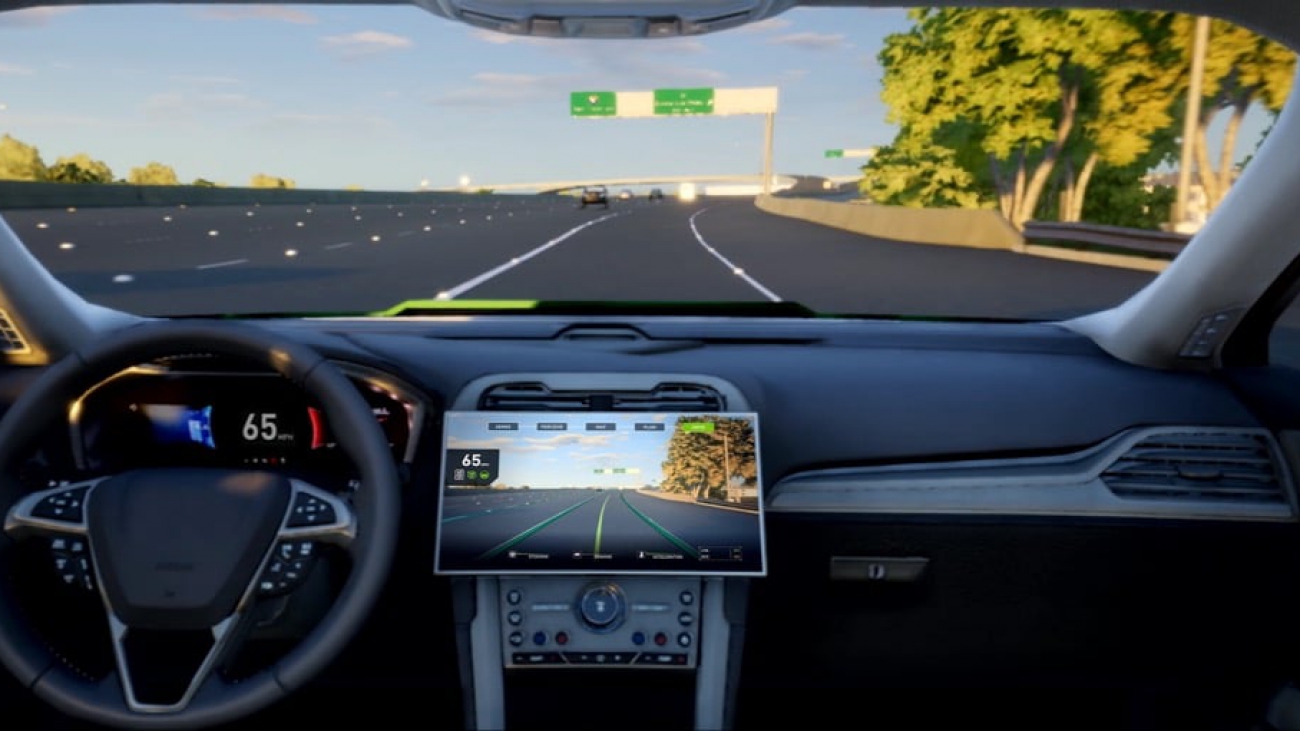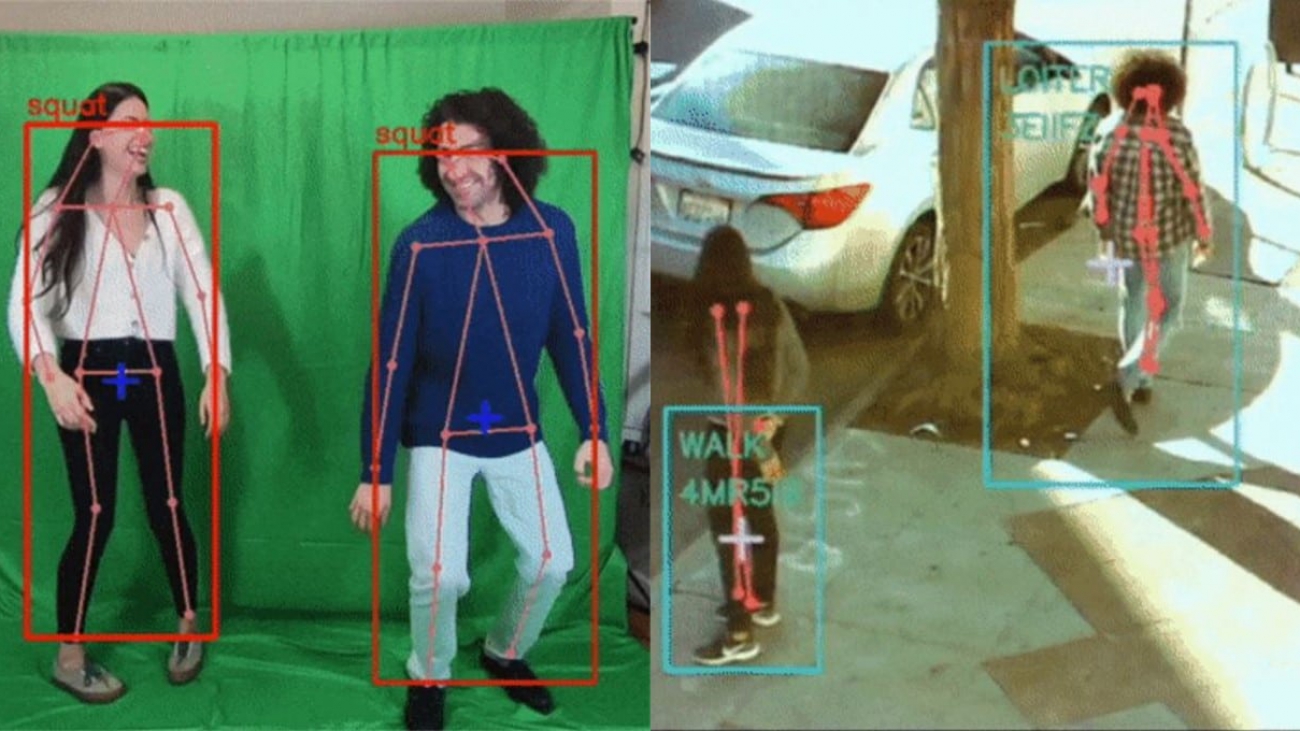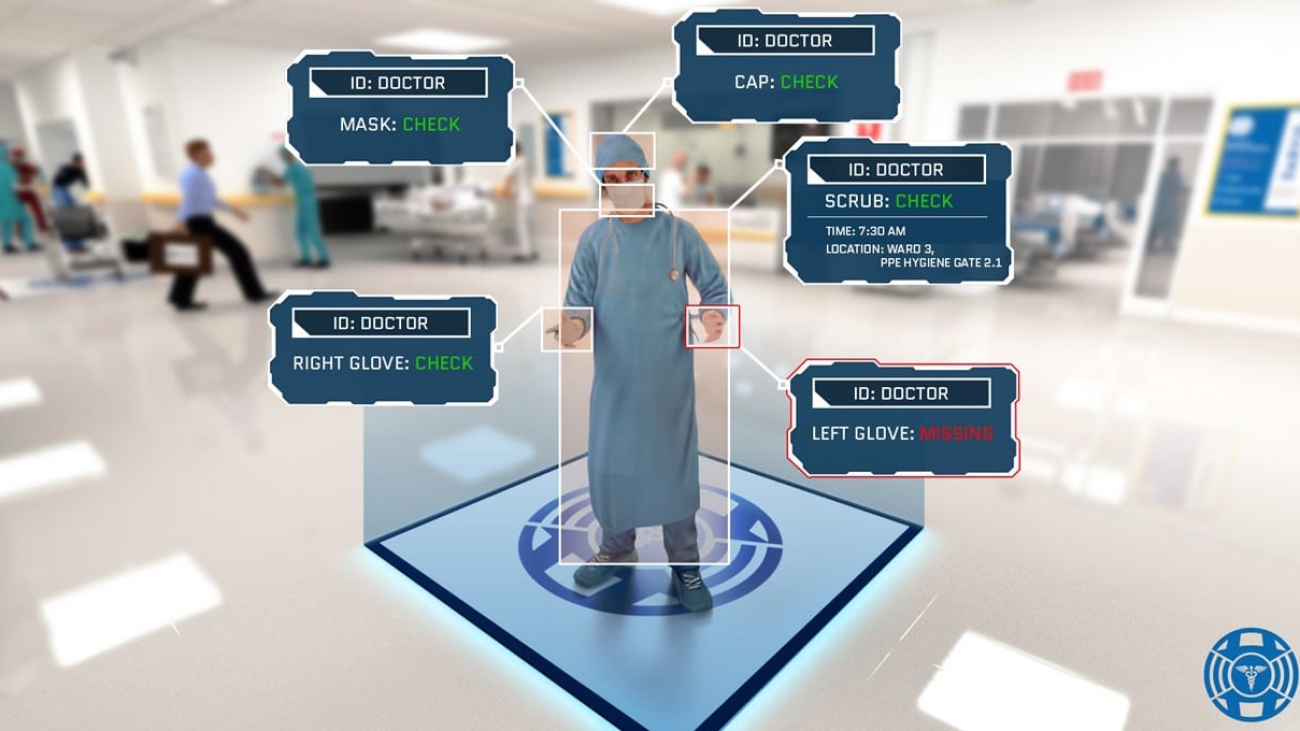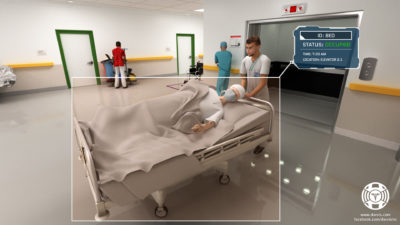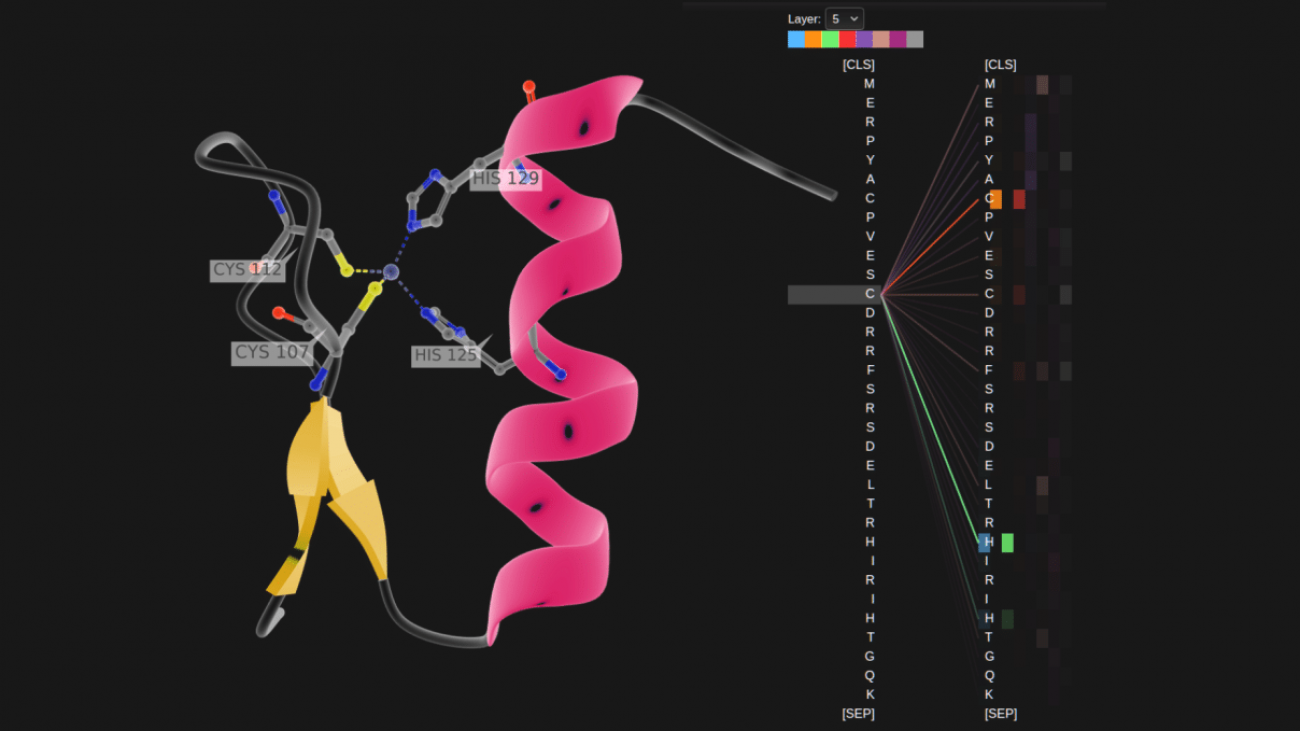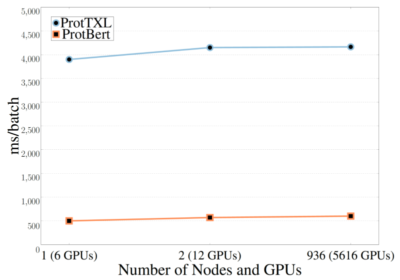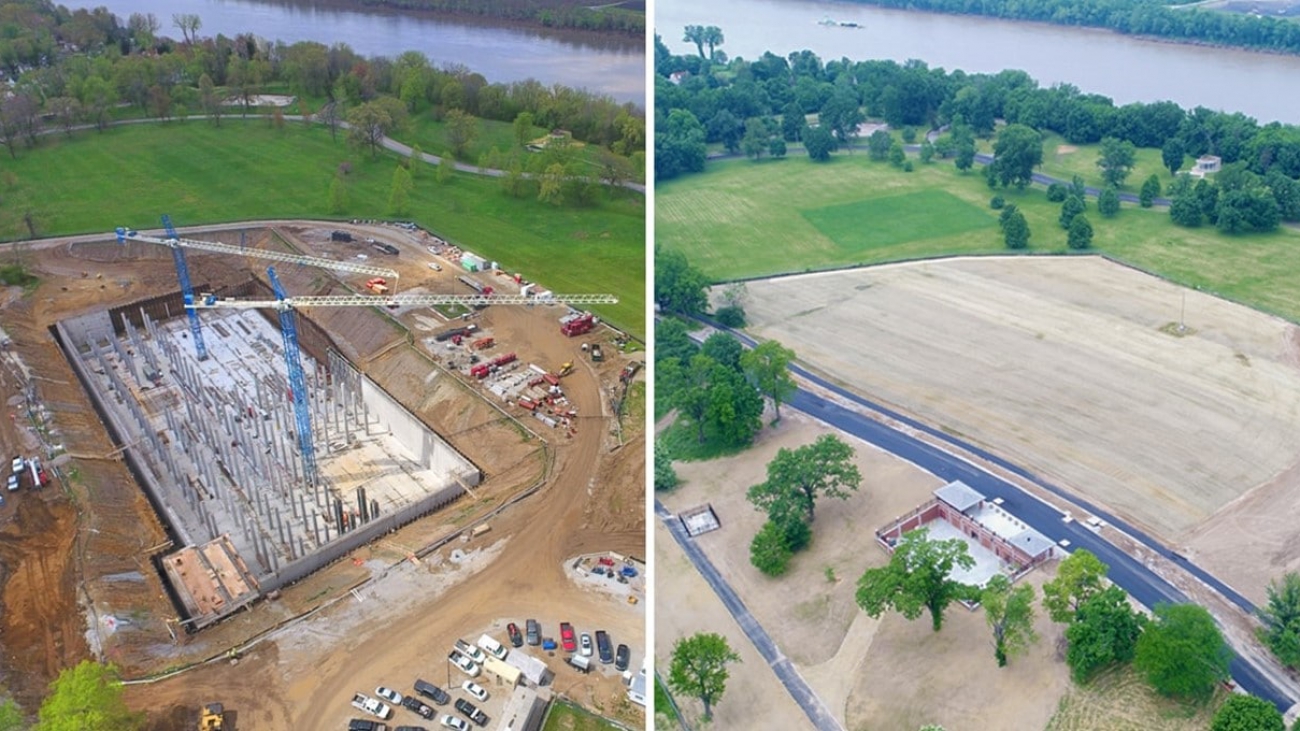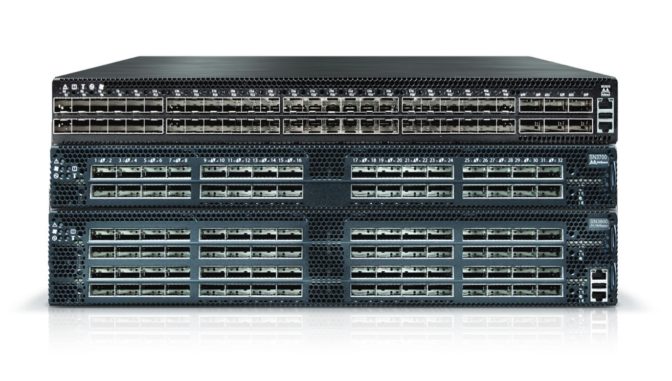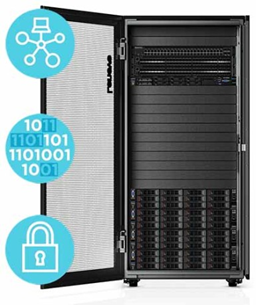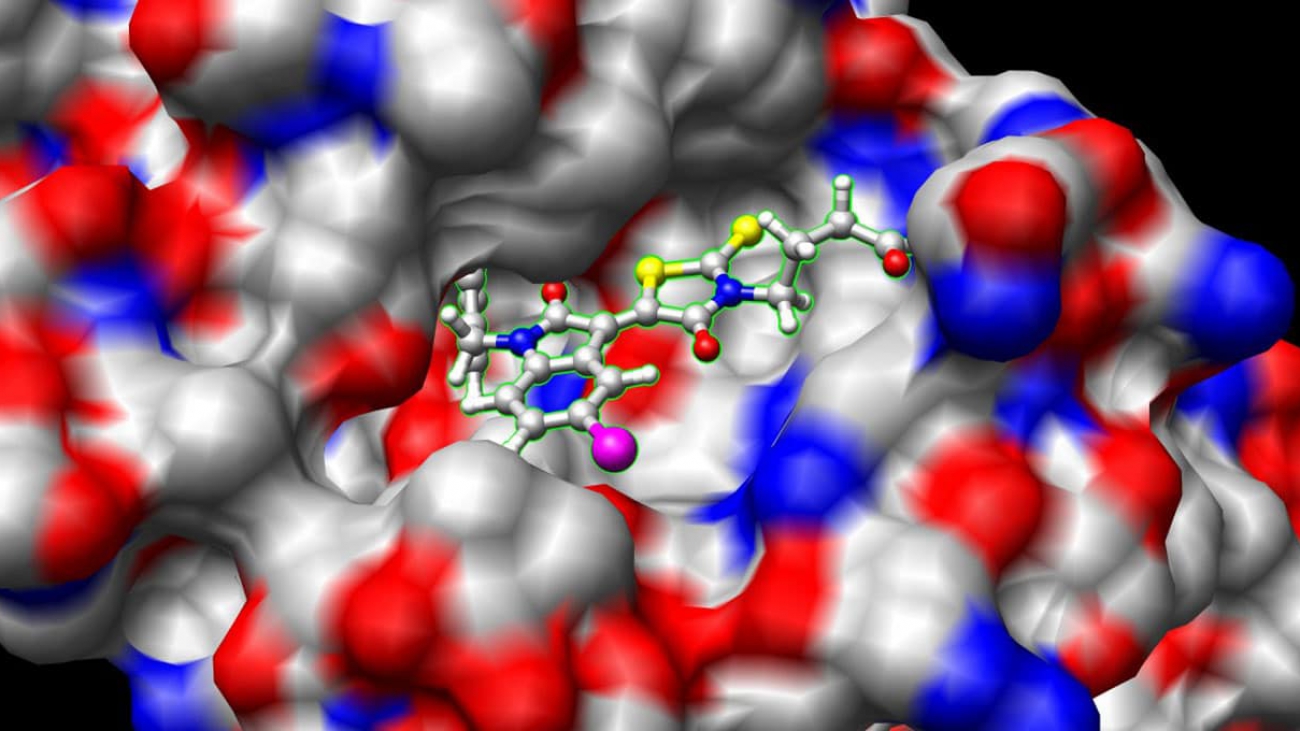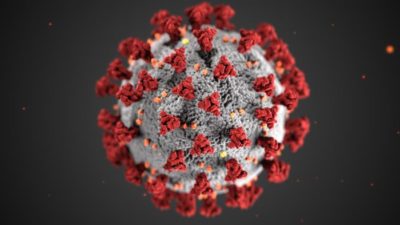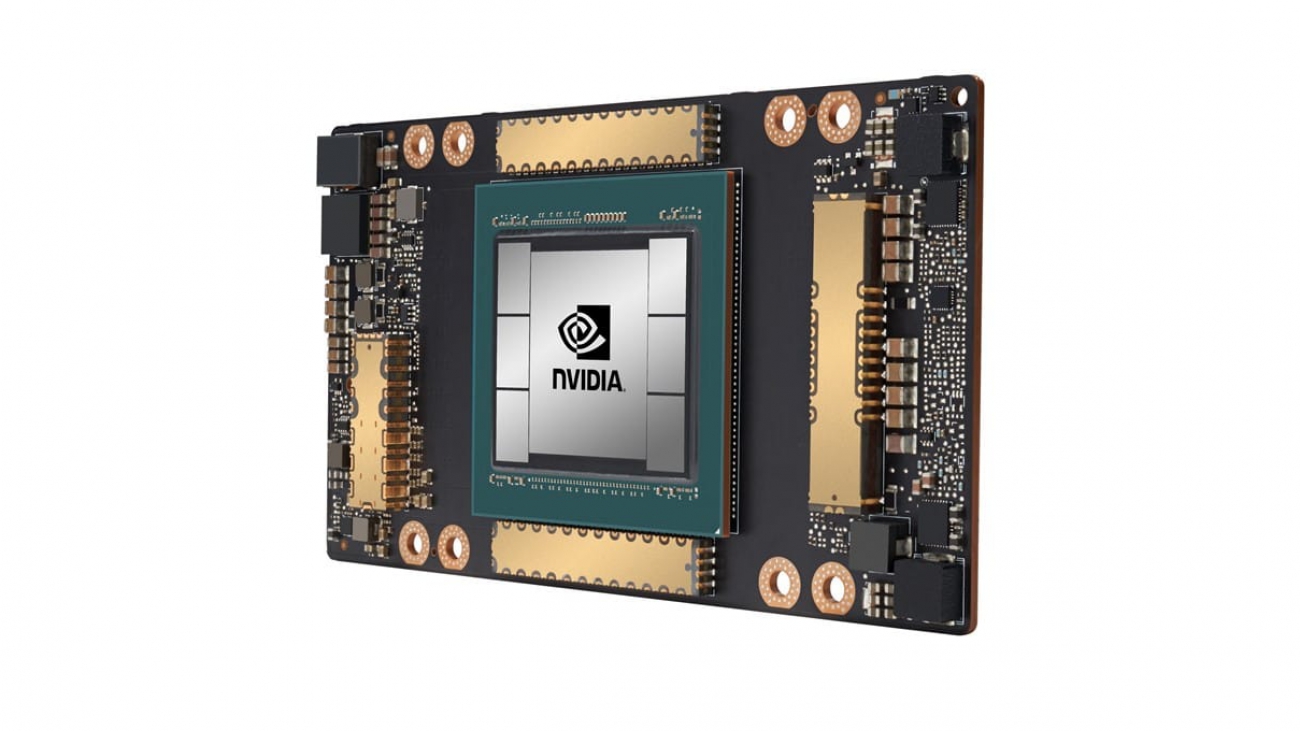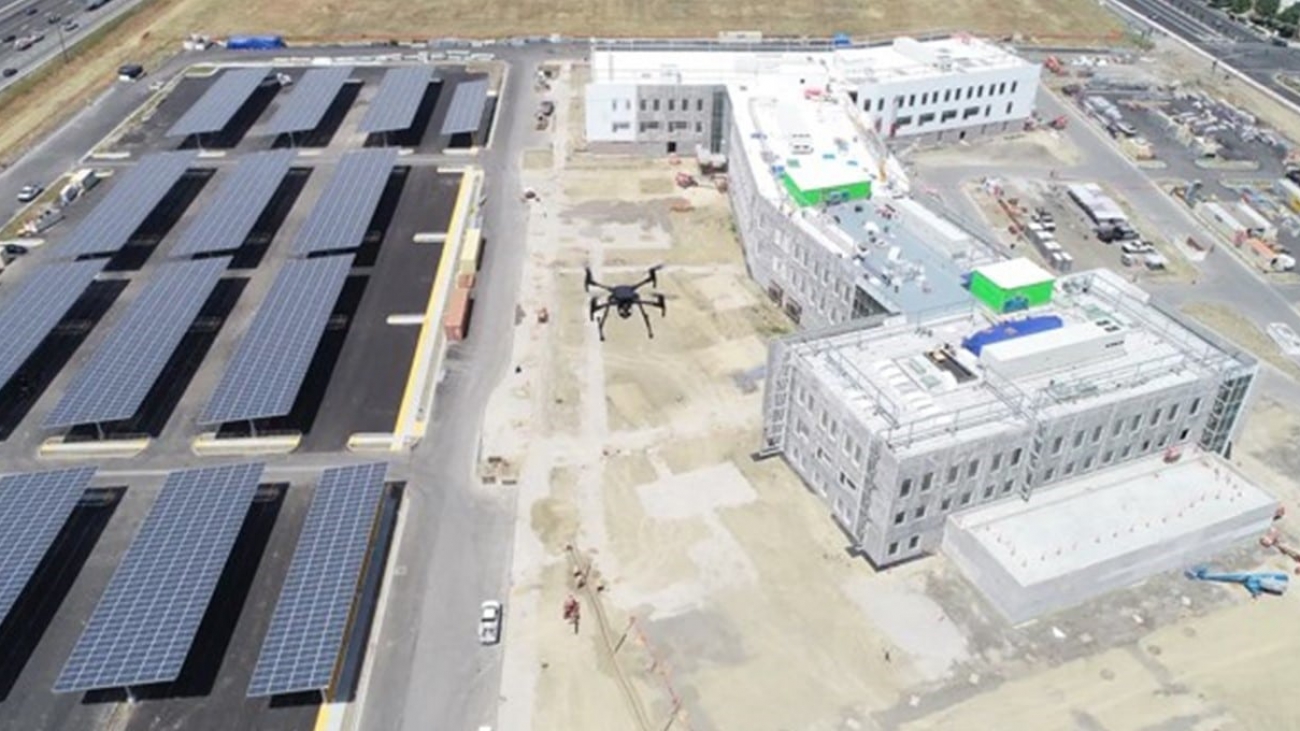From Knight Rider’s KITT to Ironman’s JARVIS, intelligent copilots have been a staple of forward-looking pop culture.
Advancements in AI and high-performance processors are turning these sci-fi concepts into reality. But what, exactly, is an AI cockpit, and how will it change the way we move?
AI is enabling a range of new software-defined, in-vehicle capabilities across the transportation industry. With centralized, high-performance compute, automakers can now build vehicles that become smarter over time.
A vehicle’s cockpit typically requires a collection of electronic control units and switches to perform basic functions, such as powering entertainment or adjusting temperature. Consolidating these components with an AI platform such as NVIDIA DRIVE AGX simplifies the architecture while creating more compute headroom to add new features. In addition, NVIDIA DRIVE IX provides an open and extensible software framework for a software-defined cockpit experience.
Mercedes-Benz released the first such intelligent cockpit, the MBUX AI system, powered by NVIDIA technology, in 2018. The system is currently in more than 20 Mercedes-Benz models, with the second generation debuting in the upcoming S-Class.
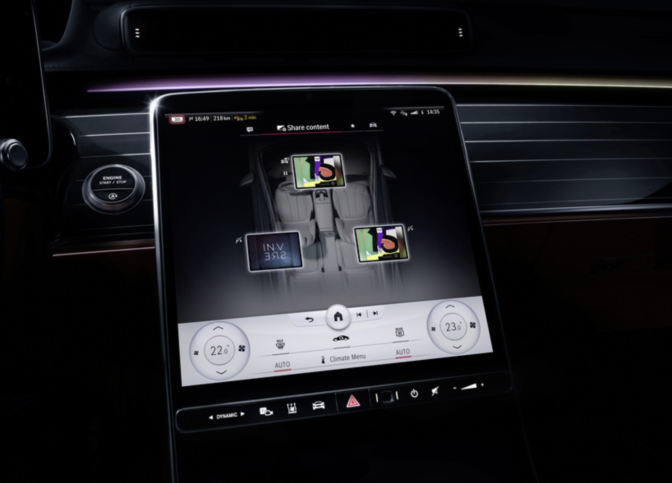
MBUX and other such AI cockpits orchestrate crucial safety and convenience features much more smoothly than the traditional vehicle architecture. They centralize compute for streamlined functions, and they’re constantly learning. By regularly delivering new features, they extend the joy of ownership throughout the life of the vehicle.
Always Alert
But safety is the foremost benefit of AI in the vehicle. AI acts as an extra set of eyes on the 360-degree environment surrounding the vehicle, as well as an intelligent guardian for drivers and passengers inside.
One key feature is driver monitoring. As automated driving functions become more commonplace across vehicle fleets, it’s critical to ensure the human at the wheel is alert and paying attention.

Using interior-facing cameras, AI-powered driver monitoring can track driver activity, head position and facial movements to analyze whether the driver is paying attention, drowsy or distracted. The system can then alert the driver, bringing attention back to the road.
This system can also help keep those inside and outside the vehicle safe and alert. By sensing whether a passenger is about to exit a car and using exterior sensors to monitor the outside environment, AI can warn of oncoming traffic or pedestrians and bikers potentially in the path of the opening door.
It also acts as a guardian in emergency situations. If a passenger is not sitting properly in their seat, the system can prevent an airbag activation that would harm rather than help them. It can also use AI to detect the presence of children or pets left behind in the vehicle, helping prevent heat stroke.
An AI cockpit is always on the lookout for a vehicle’s occupants, adding an extra level of safety with full cabin monitoring so they can enjoy the ride.
Constant Convenience
In addition to safety, AI helps make the daily drive easier and more enjoyable.
With crystal-clear graphics, drivers can receive information about their route, as well as what the sensors on the car see, quickly and easily. Augmented reality heads-up displays and virtual reality views of the vehicle’s surroundings deliver the most important data (such as parking assistance, directions, speed and oncoming obstacles) without disrupting the driver’s line of sight.
These visualizations help build trust in the driver assistance system as well as understanding of its capabilities and limitations for a safer and more effective driving experience.
Using natural language processing, drivers can control vehicle settings without taking their eyes off the road. Conversational AI enables easy access to search queries, like finding the best coffee shops or sushi restaurants along a given route. The same system that monitors driver attention can also interpret gesture controls, providing another way for drivers to communicate with the cockpit without having to divert their gaze.

These technologies can also be used to personalize the driving experience. Biometric user authentication and voice recognition allow the car to identify who is driving, and adjust settings and preferences accordingly.
AI cockpits are being integrated into more models every year, making them smarter and safer and constantly adding new features. High-performance, energy-efficient AI compute platforms, consolidate in-car systems with a centralized architecture to enable the open NVIDIA DRIVE IX software platform to meet future cockpit needs.
What used to be fanciful fiction will soon be part of our daily driving routine.
The post Driving the Future: What Is an AI Cockpit? appeared first on The Official NVIDIA Blog.

